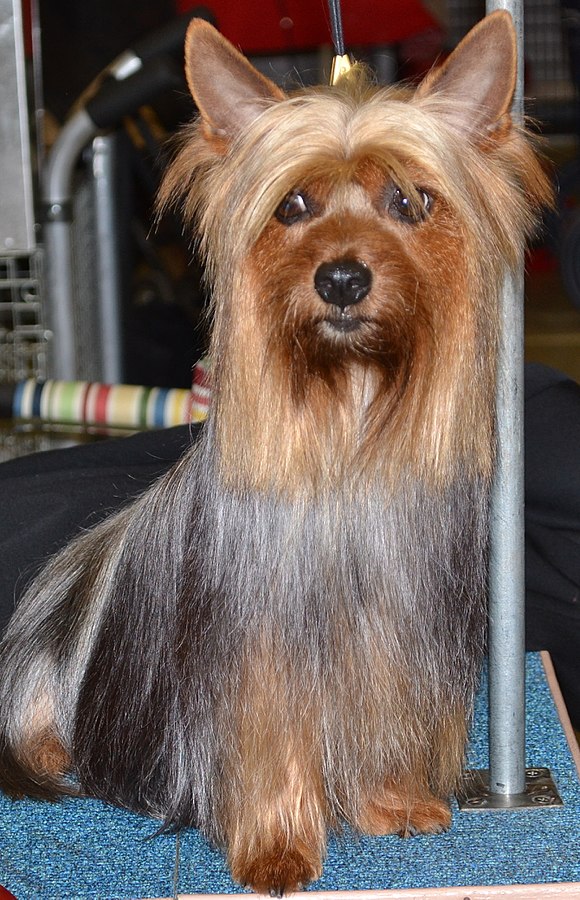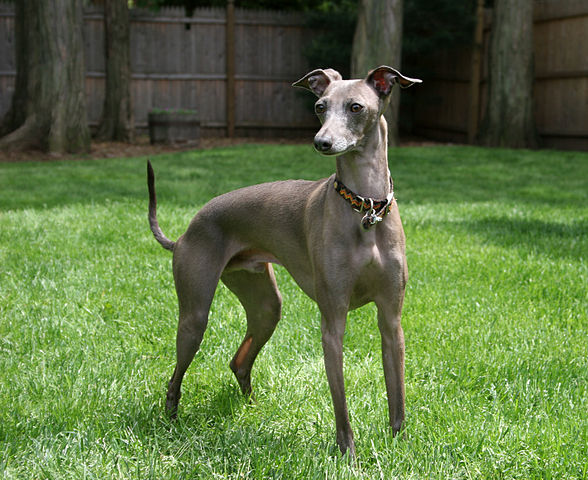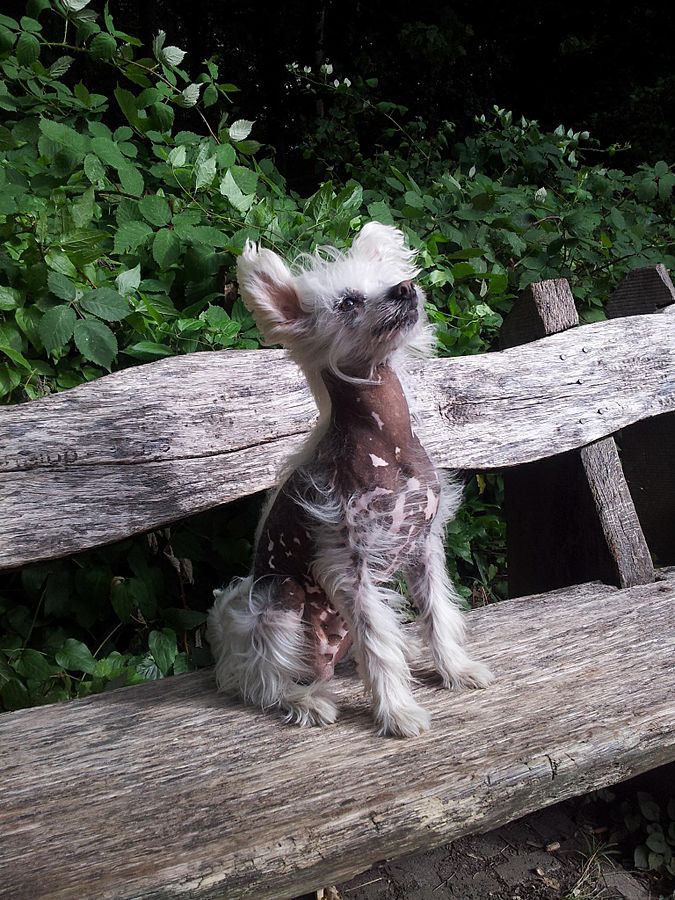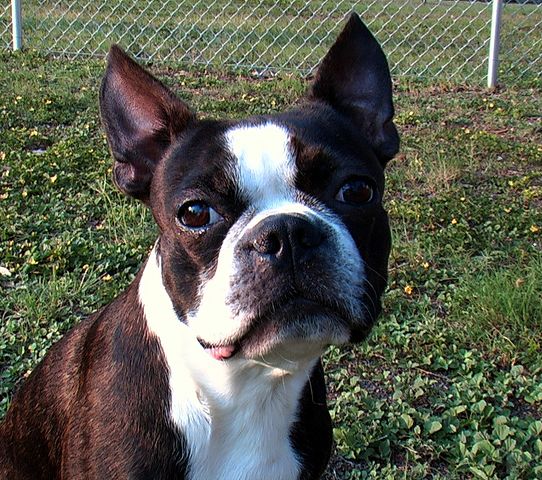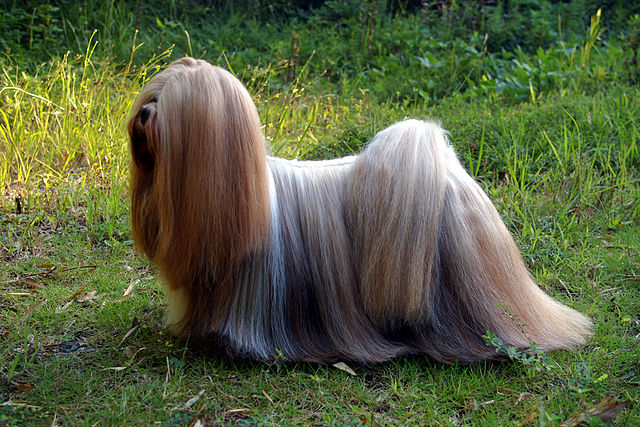The Havanese is a delightful little toy dog from Cuba, one of a handful of breeds from the Bichon family. He is well-known for his outgoing personality and affectionate nature, oftentimes clowning around for the amusement of himself and his owners. The breed comes in a virtual rainbow of color options, and many individuals even change color as they age – a trait that many owners find exciting.
Havs only shed a minimal amount, however do require a lot of grooming. Their long coat can either be brushed daily to keep it free of tangles, or formed into cords (dreadlocks) for easier maintenance and a unique look. The longer the coat is kept, the more often it should be bathed (if it is kept straight and un-corded). Their hanging ears should be cleaned on a weekly basis and their eyes need to be cleaned daily to prevent tear staining if they have a light-colored coat. Don’t worry about having to shave this breed in hot weather either – coming from a hot climate, their coat keeps them insulated from the heat.
Havs are incredibly smart, very trainable little dogs. Many owners have great success competing with them in the obedience ring, as well as in other dog sports including trick training – a personal favorite of many Havs. Because they love to spend quality time with their owners, they are almost always up for learning new things! On the flip side, for the same reason this is not a breed to keep home alone while you are at work all day. Although they may look like stuffed animals, they are social creatures that require a lot of interaction. Keep the training fun and don’t use harsh corrections on them – they are sensitive souls. 
Havanese are quite adaptable to many different living situations, and many owner have success keeping them in city apartments. While they will bark to alert to strangers coming to the door, they don’t tend to be unnecessarily loud which makes apartment life easier. Most Havs are tiny extroverts – they love meeting new people whether it be friends coming over or strangers on the street. This is one reason why they tend to thrive with city life unlike breeds that are more timid. The Hav tends to get along well with other pets as long as they are treated fairly by the other animals. Like other breeds, they should be socialized to other dogs and animals while they are still young in order to prevent fear or timidity. They also get along with well-behaved children.
Havanese do require some form of exercise every day – whether it be a nice walk or enough playtime inside to wear them out. If on a walk, just remember that this is a tiny breed that cannot go for miles and miles at a time (at least without a lot of working up to it), nor do they make the best jogging companions because of their size. But for those looking for a breed possessing moderate-active energy without the need to be exercised for long distances, the Havanese might make a great match! This is one of the many reasons they make a great companion for a first-time dog owner.
Many owners of Havanese admit that once you own a member of this breed, you will never be alone again! While at home you will have a constant shadow that follows you wherever you go. It should be no surprise that the breed must live in the house with people – they are far too social to thrive in any other situation. They are also lovers of comfort and often choose couches and chairs on which to “roost”, rather than the floor. Just as they were bred to be excellent companions in Cuba, they still take this job seriously today.


